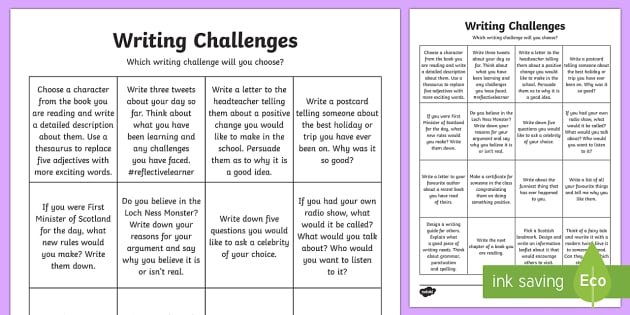

Some writers find it helpful to write a synopsis ahead of time. This is another situation where simplified outlining comes to the rescue. It’s important to be able to keep a macro view of where your story’s heading. Yet pantsers sometimes get lost in the details. It might be as simple as having someone to hold you accountable to your goals and provide encouraging, constructive input whenever something is holding you back (these are things Now Novel’s writing coaches do).ĭetail in fiction is important – it helps to make your writing descriptive and immersive. Using a flawed writing processįew writers sit down with no prep at all in front of a blank page and begin writing a story.Īlthough a lucky few manage to prepare in their heads, most of us make at least some notes. Formalizing whatever your process is to an extent will help you create a repeatable approach that works for you.ĭo you begin with a theme, a character, a situation, a setting or something else? Figure out what moves you to begin telling a story (as well as what you need in place to be motivated to continue). You can also use the step-by-step Idea Finder on Now Novel to brainstorm ideas and build a story blueprint when you’ve hit a wall using the pantsing approach. For example, ‘How does the whistleblower find allies between Chapters 4 and 10? What’s happening in the primary conflict between her and the CEO during this time?’ If you have a condensed timeline like the one above you can start filling in the gaps by asking questions. You could create visual timelines of characters’ story arcs, like this: The important thing is to return to a bird’s eye (outlining) approach that works for you.

At this level of closeness to your story (the quarry), it’s not always easy to see and choose the best paths for your story development.

Think of it like a hawk that’s been hunting between trees and lost track of its quarry. If you get stuck with writer’s block while drafting, backtrack to simplified outlining. Other times, you get bogged down in a specific section of your book and lose narrative drive. Sometimes this is because you write yourself into a corner and don’t see other possible story paths. However, if you go the pantser route, you run the risk of getting writer’s block. If you’re a pantser, you most likely find working out plots ahead of time uninspiring, even demotivating. The word pantser comes from the saying to do something “by the seat of your pants”, meaning with little preparation. Here are common pantser writing challenges we’ve found coaching authors (and ways to get past them): Most common pantser writing challenges 1. Yet not having a plan sometimes creates problems. Are you a plotter or pantser? Pantsers write without planning while plotters prepare beforehand with extensive outlines. Both types of writing have their uses.


 0 kommentar(er)
0 kommentar(er)
